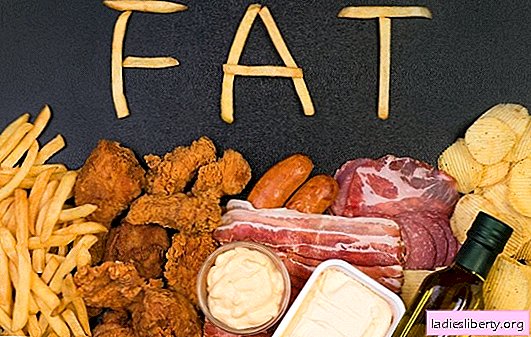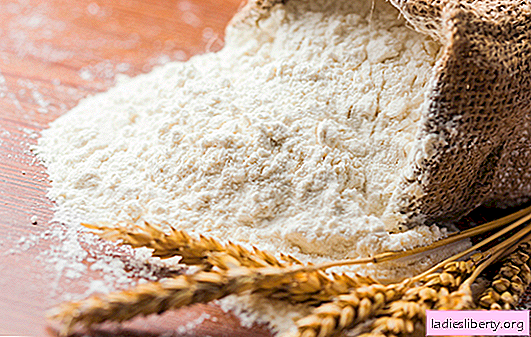
Sideration is the most effective method of restoring soil resources.
Even fertilizing with manure does not have such a long-term result as sowing white mustard in the fall.
This plant is able to release soil phosphates, accumulate them.
Leaves, roots, stems contain a large amount of nitrogen, which provides excellent sideration.
Benefits or why sow mustard in the fall?
This green manure is available to any gardener, easy to grow and effective. Its main purpose as a fertilizer is enrichment of the soil with phosphorus, nitrogen. The green mass, dug into the ground, transfers these important elements to subsequent plants, stimulating the process of their growth and development. In addition, mustard has the following useful features:
Fast germination and high yields. Green mass is a complete fertilizer in composition.
High cold resistance. Sprouts withstand cooling to -5 C. After a significant cooling, the plants cover the soil from freezing and helps to maintain moisture in it until spring.
The content of essential oils. Mustard copes with plant diseases such as scab, late blight; protects from the Colorado potato beetle, slugs, weeds. This quality manifests itself in inter-row cultivation with potatoes, grapes, beans.
Lack of seed preparation. They are placed in the soil, falling asleep with a small amount of earth, sand or sealed with a rake.
Strong root system. Reaches 0.5 meters and loosens the earth to this depth. It can absorb elements that are slightly soluble in water and inaccessible for this reason to other plants.
Increased air permeability of the earth. Achieved by increasing the number of earthworms after planting mustard in the fall.
Erosion Prevention. Thick sowing is used where there is a danger of soil erosion, wind damage. The stems of plants planted in early autumn, to frost can perform the function of snow retention.
Cons of autumn sowing of mustard as green manure
The disadvantages of gardeners include:
1. Go to the weed. If the mustard is not cut to the last, then it will become coarser and bloom. Cut seed is likely to fall into the ground and sprout. This garden weed is difficult to remove from the soil.
2. Limited use. White mustard should not be grown in the fall where other cruciferous plants, such as radishes, turnips, cabbage, will have to be planted next season. These crops are susceptible to the same diseases and pests as mustard. Before them, it is better to plant cereals, legumes.
When exactly in the autumn is mustard planted?
Sowing time depends on weather conditions in the region and the wishes of the gardener regarding the proposed seedlings and the period of green manure. Autumn planting of fertilizer is carried out in the following periods:
1. In late summer, early fall. Sowing is done in moist soil, after harvesting. Siderat grows well in large areas where previously there were potatoes, strawberries, cereals. Usually enough time from the moment of sowing to the beginning of flowering to get the right amount of green mass. So, when applying seeds immediately after harvesting, from 1 hundred parts, you can get about 400 kg of fertilizer, which must be mowed and applied as intended.
2. At the end of September. With late planting, the grown stems do not mow, they die from frost and save the soil from the cold in winter. The roots, being in the soil, rot, nourishing, loosening the soil.
3. In the winter. Sowing of mustard in late autumn is carried out so that the fertilizer sprouts in the spring. To do this, the seeds are placed in the dug up cold ground, left there to winter. So that the mustard does not freeze, is not washed with melt water with a soil layer, it is necessary to increase the depth of incorporation.
How to sow mustard in the fall
To create high-quality fertilizer, the cultivation of green manure must obey the following algorithm of actions:
1. The beds should be freed from residues of vegetables and weeds after harvesting.
2. It is advisable to fertilize them with humus at the rate of 1 bucket per 1 sq. Km. m
3. The earth needs to be dug up, leveled with a rake, watered.
4. Next, you should start planting mustard in an ordinary way. Seeds are similar in size to small beans, they are convenient to grab and place in the soil. The distance between them should be at least 15 cm, between rows about 20 cm, as the plants grow.
5. About 250 g of seeds are planted on a hundred square meters of land. They should not be placed too far into the soil, this will inhibit germination, the optimum depth should not exceed 1-1.5 cm. If there is a shortage of time, the mustard should not be sown in rows, but scattered on the ground in random order. The result will be worse than in the case of uniform application, but still noticeable.
6. After planting mustard in the autumn, the seeds are slightly added or harrowed with an ordinary rake.
Plants germinate about 4 days after sowing, after a month their height is 15 cm. For proper growth and development, mustard should be watered abundantly, it does not need additional fertilizing. It is advisable to cut off the siderat shoots before flowering for the following reasons:
• the stems and petioles of the leaves coarse with the appearance of flowers, which slows down the processing of green mass, the formation of fertilizer;
• plant nutrients are spent on flowering, which contributes to the loss of siderative function;
• mustard seeds begin to multiply and can quickly turn into a hard-to-remove weed.
How to use mustard as a fertilizer?
Mow the green mass can be a plane cutter, chopper, scythe. After that, it must be repaired into the soil with a shovel to a depth of about 5 cm.
So mineral, organic elements fall into the earth, thereby restoring its structure. If for some reason it is not possible to bury the greens, then you can leave it in the garden in the winter. The aboveground part rots, and the roots, decomposed, loosen the soil.
Gardeners are trying to hasten the process of biohumus formation with the help of the Baikal EM-1 preparation. It promotes the formation of a favorable environment for the growth of bacteria in the soil, which heals it and makes it more fertile. This product is really effective, but it will not be able to completely replace organic fertilizers, such as compost, humus, nor he, nor green manure.
As for the sandy, clay soil, the planting of mustard in the fall will not have a positive effect on the structure of the soil. A layer of humus will slowly form; seasonal growing of vegetables will destroy it again. Therefore, unprepared land is not suitable for sowing mustard in the autumn for digging. They must first be improved, and then apply the method of crop rotation in order to increase productivity.
Using siderates for healing, nutrition of the soil, you need to keep in mind that plants consume, and then give followers a set of useful substances, trace elements. So, to ensure the balance of the nutrient medium only with the help of white mustard is quite difficult. For high-quality soil fertilizer, you need to grow different types of green crops and do not forget about organic matter, an integrated approach will give better results.











